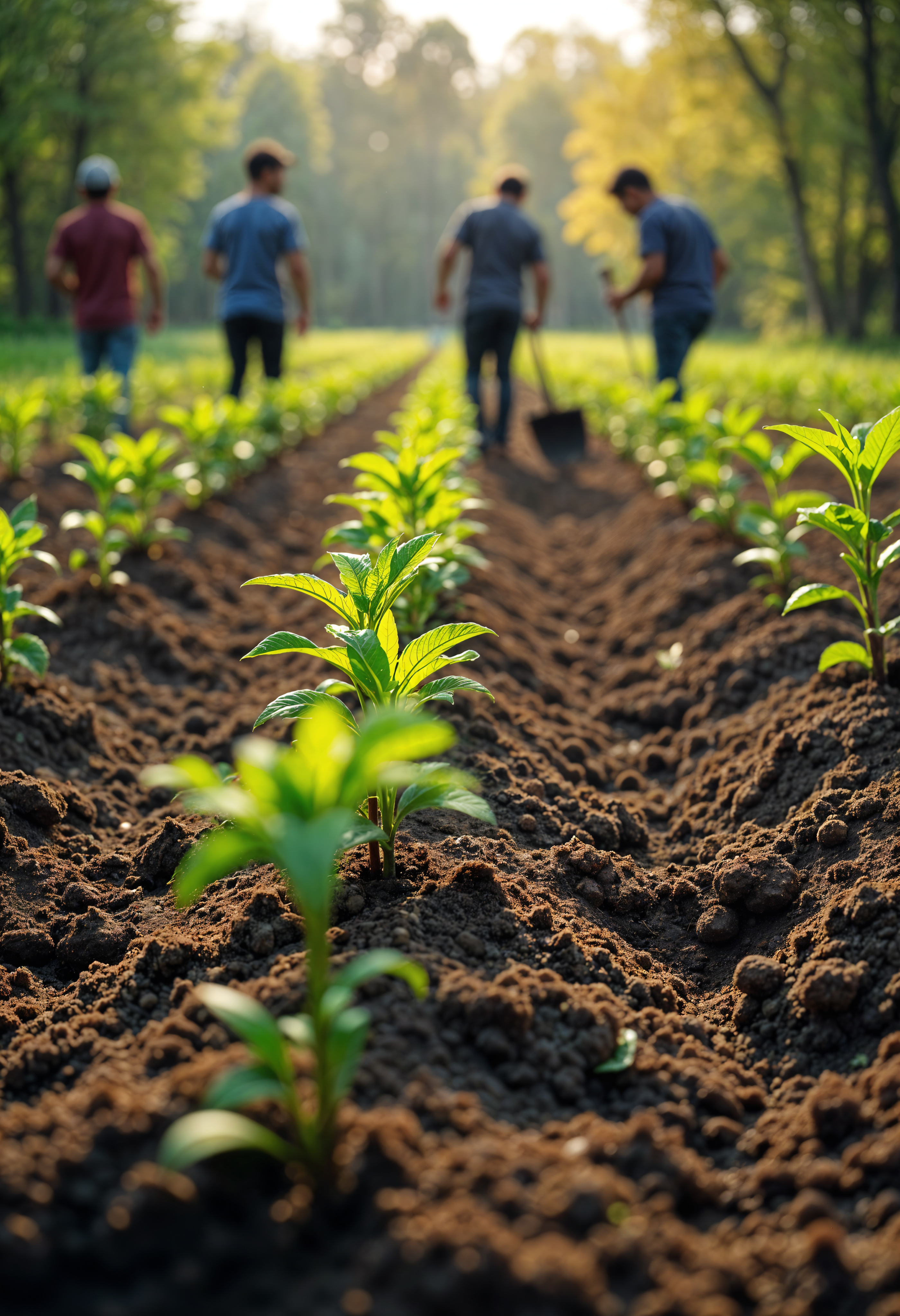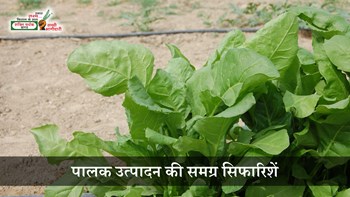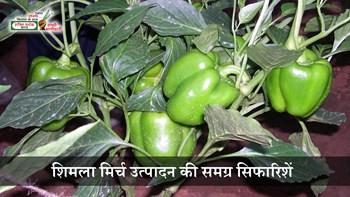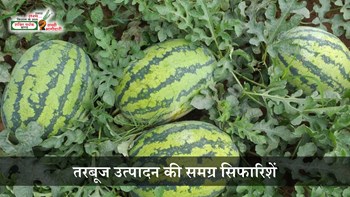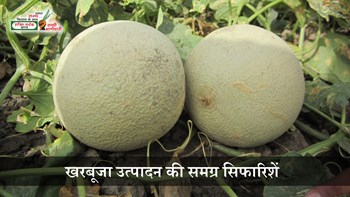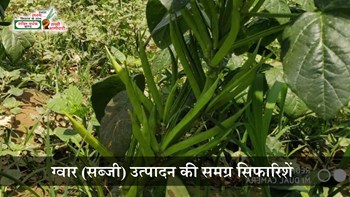Climate and Soil Requirements
Guar thrives in hot and dry climates, making it ideal for regions with minimal rainfall. The plant requires well-drained sandy loam soil with a pH range of 7 to 8. Although it is drought-resistant, excessive water or poorly drained soils can hinder growth and lead to root diseases.
Land Preparation
The land should be plowed 2–3 times to achieve a fine tilth. Proper leveling and removal of weeds are essential. Organic manure, such as farmyard compost, can be mixed into the soil to enhance fertility.
Sowing Time and Method
Guar is typically sown at the onset of the monsoon, from June to July. Seeds are sown using a seed drill or by broadcasting, maintaining a spacing of 30–45 cm between rows and 10–15 cm between plants. A seed rate of 15–20 kg per hectare is generally recommended.
Fertilizer and Irrigation
Being a legume, guar fixes atmospheric nitrogen, so it has low nitrogen requirements. However, phosphorus and potassium fertilizers improve yield and plant health. An initial dose of 20 kg nitrogen and 50 kg phosphorus per hectare is usually sufficient. Although it can survive dry spells, light irrigation at critical growth stages like flowering and pod development can significantly boost productivity.
Weed and Pest Management
Weed control is important during the early stages of growth. Intercultivation and hand weeding are effective ways to manage weeds. Guar is generally resistant to pests and diseases, but leaf spot, root rot, and pod borers can occur. Neem-based sprays and recommended fungicides or insecticides should be applied when necessary.
Harvesting and Yield
Guar is ready for harvest 90–120 days after sowing. The crop is harvested when the pods dry and turn brown. Manual harvesting is common, followed by sun drying and threshing. Average yields range between 10–15 quintals per hectare for seeds, and higher if cultivated under optimal conditions.
Economic Importance
Guar has gained global importance due to the commercial demand for guar gum, especially in the oil and gas sector. India is the largest producer and exporter of guar, with Rajasthan being the leading state in cultivation. Apart from industrial uses, guar leaves and pods are also consumed as vegetables and used as cattle fodder.
